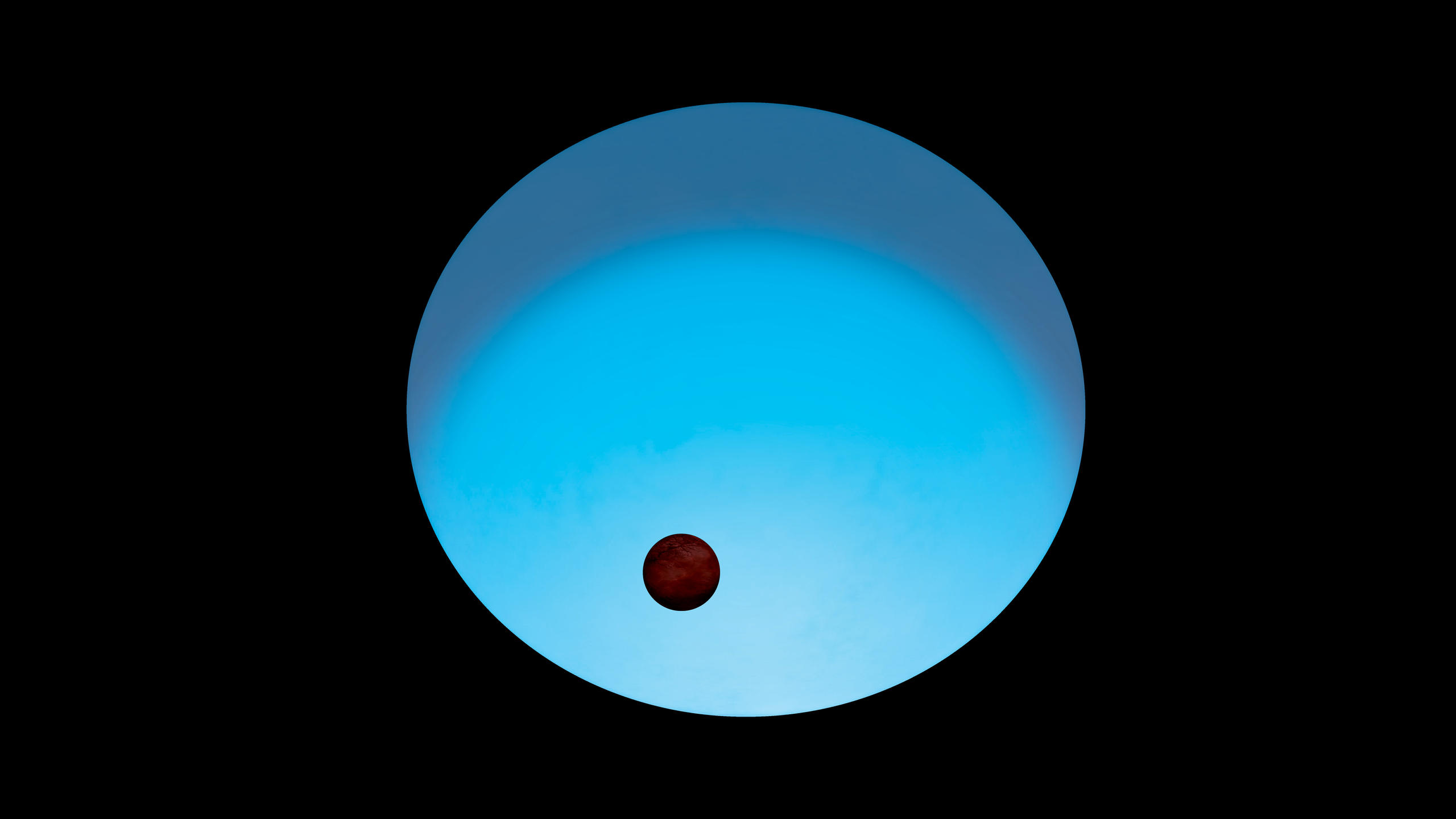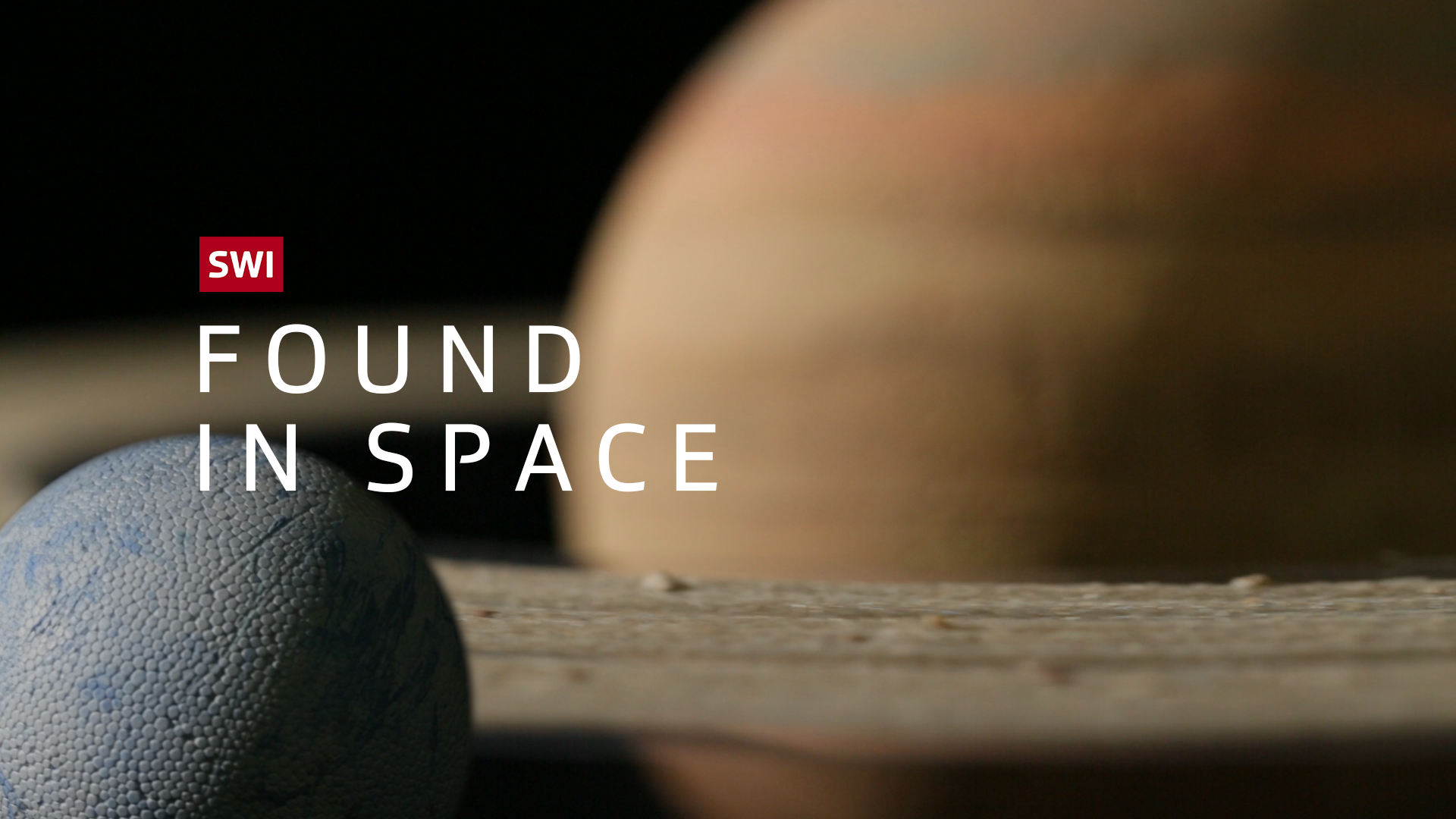How a special telescope learns about new planets
CHEOPS is a space telescope, whose name stands for 'CHaracterizing ExOPlanet Satellite'. Unlike other missions dedicated to searching for new planets, CHEOPS points at bright stars already known to host planets.
It uses ultra-high precision photometry to observe planets while orbiting their stars and accurately determines their radii. Combining the radii with the planets’ masses, which have already been estimated by ground-based surveys, the scientists can draw conclusions on what these exoplanets are made of; whether they are rocky like Earth or rather made of gas like Jupiter.
CHEOPS is a joint mission of the European Space Agency, ESA and Switzerland, led by the University of Bern. Instrument scientist Andrea Fortier has been with the Center for Space and HabitabilityExternal link at the University of Bern since the planning phase and all through the telescope’s development. In this video, she gives insight into how CHEOPS operates and what the team expects to find.
The CHEOPS telescope started its journey into space on December 18, 2019. Eight months later the scientists have published their first results: an in-depth analysis of the exoplanet WASP-189b, a planet one-and-a-half times as big as Jupiter. But, the team stresses this is just the beginning; they expect to make more discoveriesExternal link in the coming years.




You can find an overview of ongoing debates with our journalists here. Please join us!
If you want to start a conversation about a topic raised in this article or want to report factual errors, email us at english@swissinfo.ch.